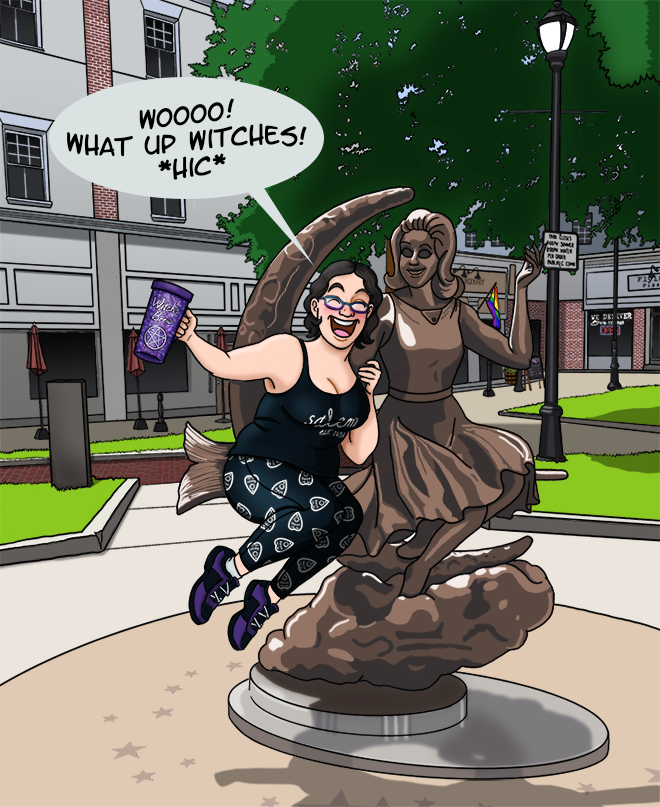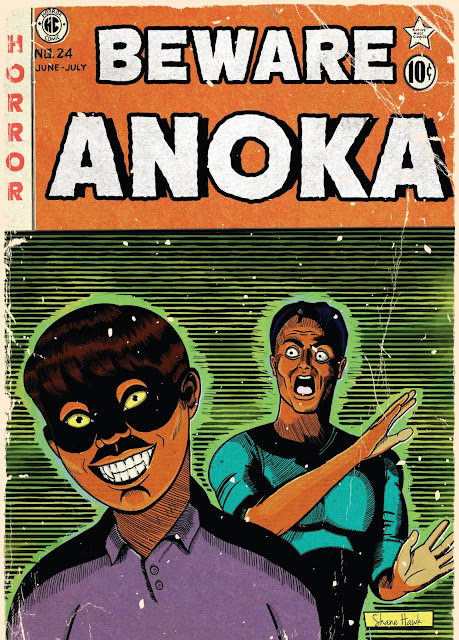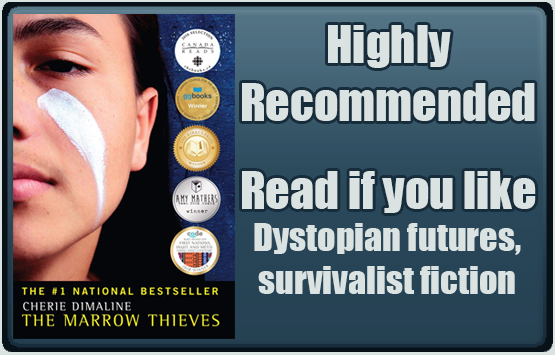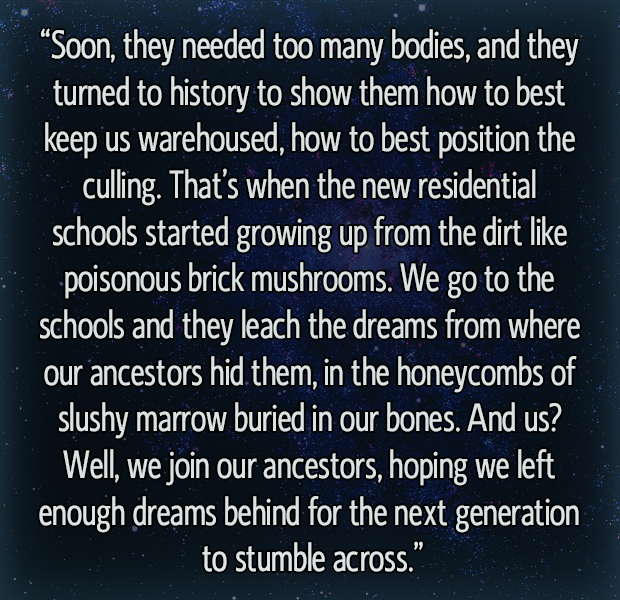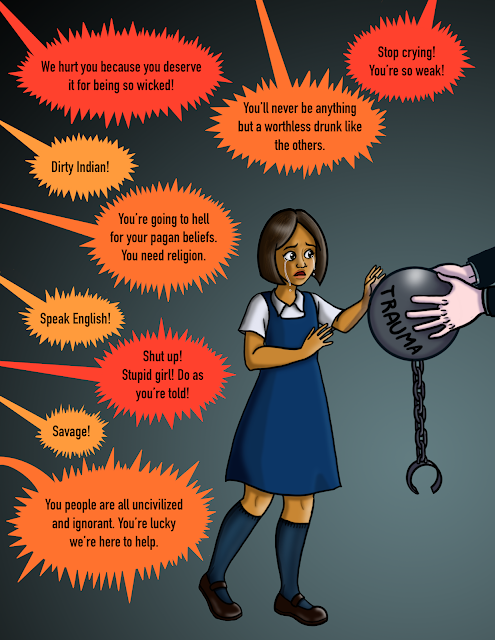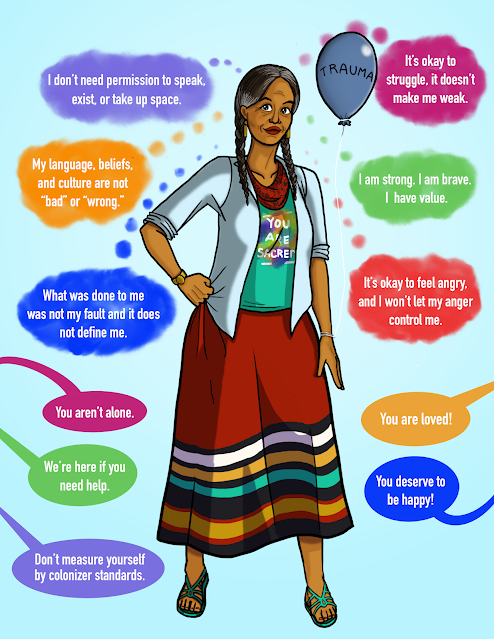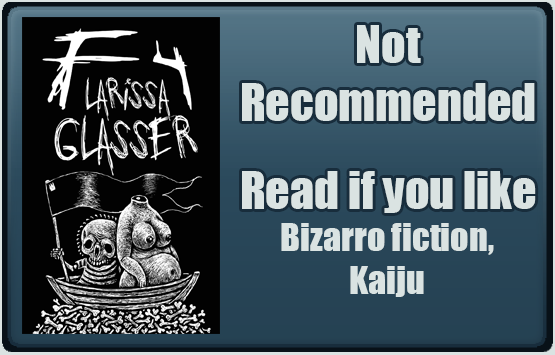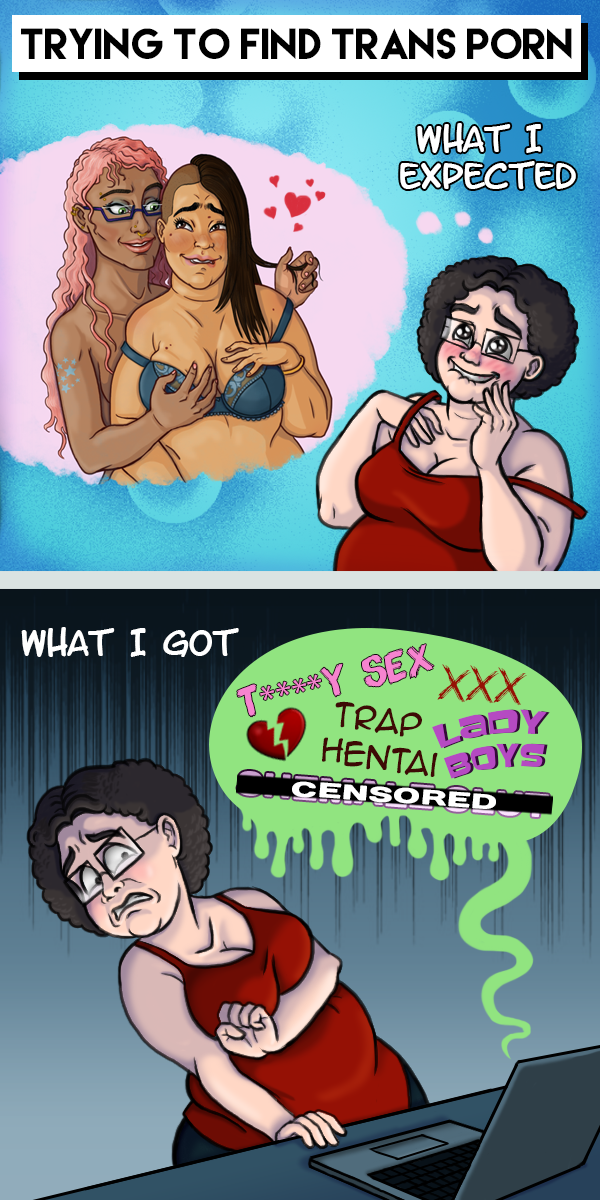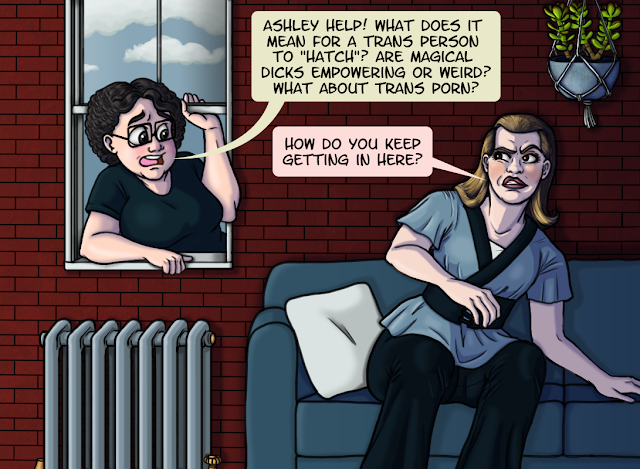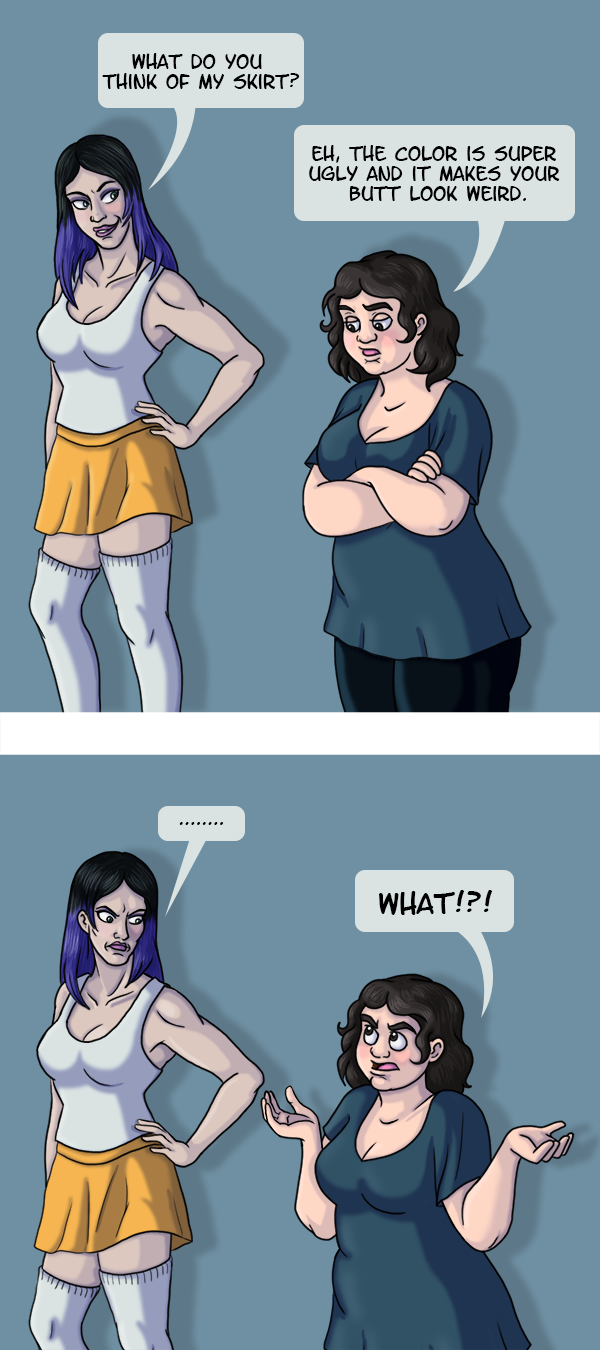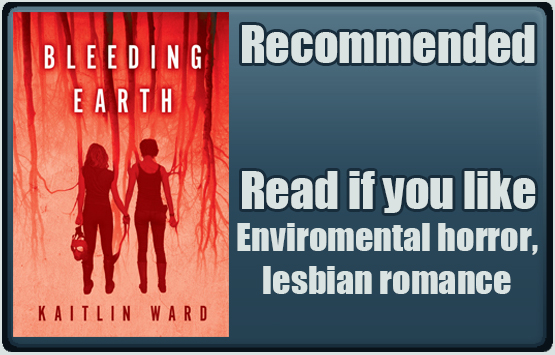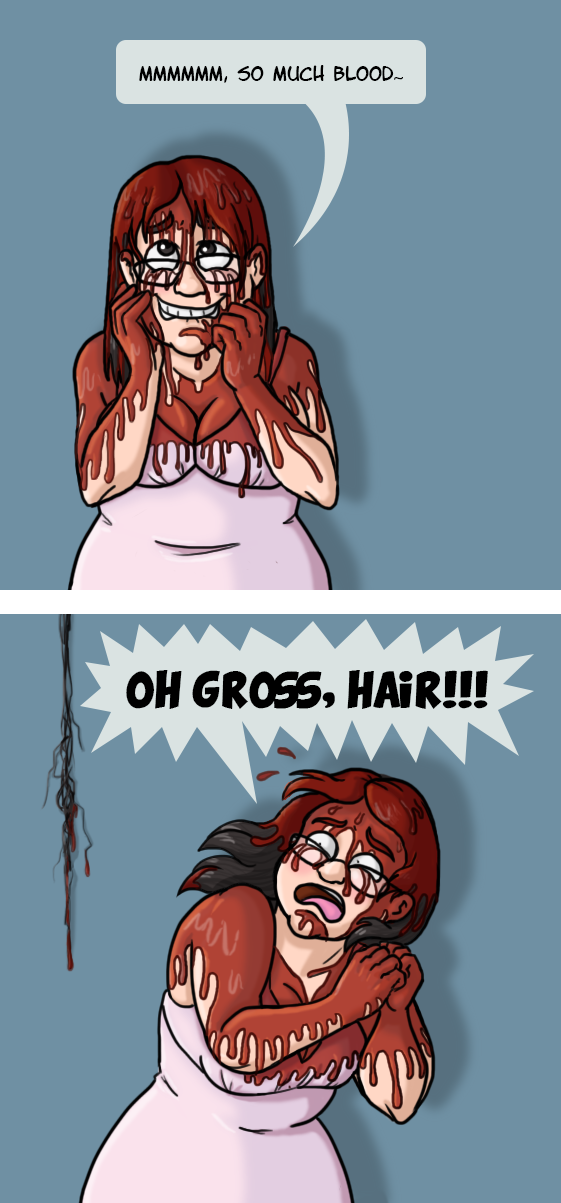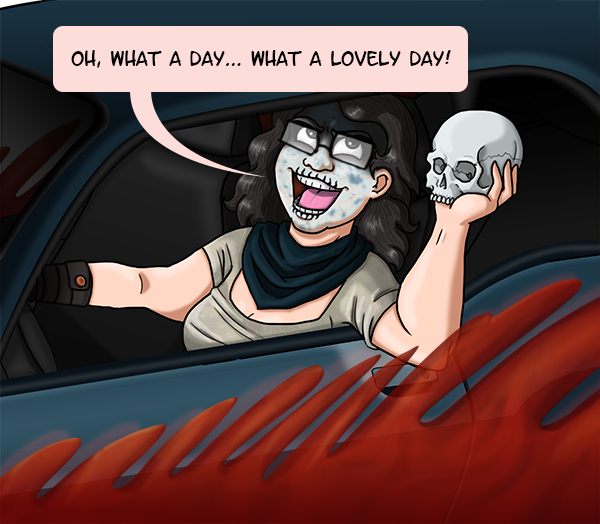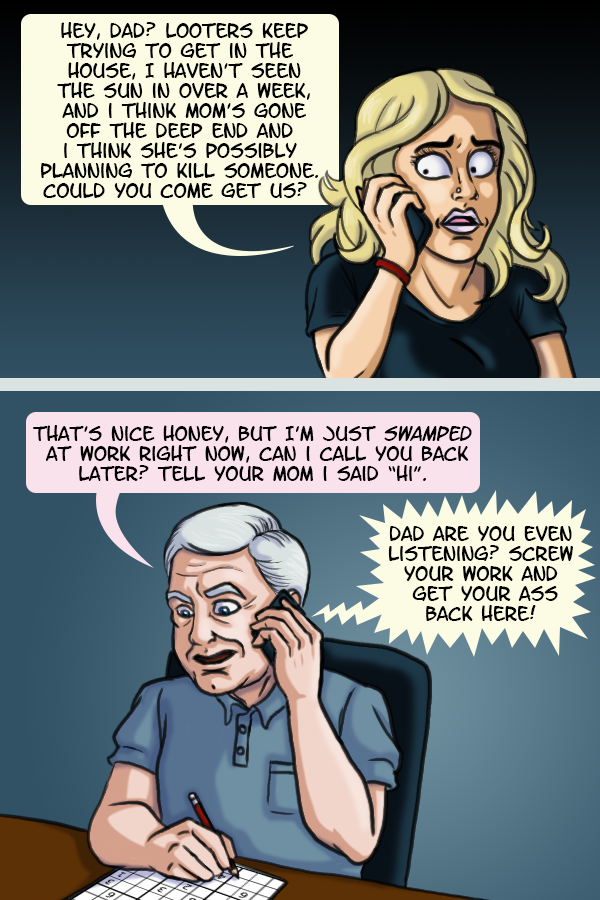Formats: Print, digital
Publisher: Unerving
Genre: Body Horror
Audience: Adult/Mature
Diversity: Trans main character and side character, queer main characters, Japanese-American side character
Takes Place in: Los Angeles, California, USA
Content Warnings (Highlight to view): Body Shaming, Forced Captivity, Gore, Medical Torture/Abuse, Medical Procedures, Transphobia
Blurb
Her doctor is giving her the body of his dreams… and her nightmares. Isa is a micro-celebrity who rarely shows her face, and can’t wait to have it expertly ripped off and rearranged to look more feminine. When a successful fundraiser makes her gender affirming surgery possible, she’s overjoyed—until she has to give up all her money to save her dying father.
Crushed by gender dysphoria and the pressure of disappointing her fans who paid for a new face, she answers a sketchy ad seeking transgender women for a free, experimental feminization treatment. The grotesquely flawless Dr. Skurm has gruesome methods, but he gets unbelievable results, and Isa is finally feeling comfortable in her skin. She even gains the courage to ask out her crush: an alluring and disfigured alchemy-obsessed artist named Rayna.
But Isa’s body won’t stop changing, and she’s going from super model to super mutant. She has to discover the secret behind her metamorphosis—before the changes are irreversible, and she’s an unwanted freak forever.
Transmuted is an outrageous and unapologetically queer body horror tale that will leave you gasping, giggling, and gagging for more.
Harm excels at taking the everyday horror of living trapped in a body you don’t recognize as your own, dials it up to a hundred, then soaks it in blood, sex, and mad science.
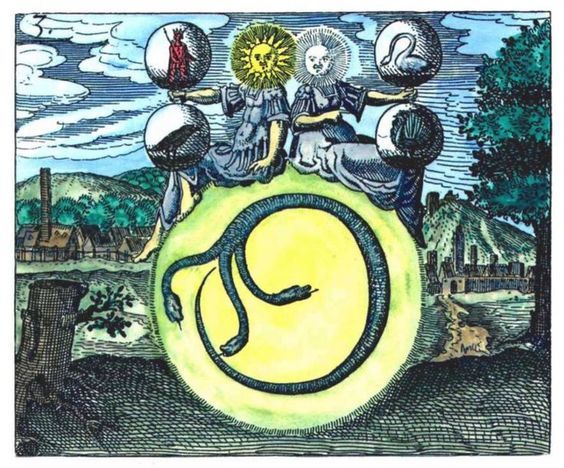
Isa is a trans woman who struggles both with her weight and gender dysphoria. Her hormone replacement therapy (HRT) helps, but what she’d really love is to get facial feminization surgery (FFS) and it appears that her wish will soon become a reality. By raising money through her Twitch channel and charity streams, Isa has finally saved up enough to have the procedure. Everything is looking up. That is until her sister calls and all but demands the money for their shitty dad’s cancer treatment. Frankly I think the cancer is Karma for constantly misgendering his daughter and being all-around shitty to her, but despite my yelling at the pages to “not give that bastard a cent” Isa didn’t take my advice and caves under the guilt and familial pressure. Now that all the money everyone helped her raise is gone, Isa is just distraught and desperate enough to respond to a sketchy internet ad promising free and miraculous feminization treatments for trans women. As you can probably guess, this is not the wisest of decisions. as most things that sound too good to be true usually are. What follows is a bizarre and twisted journey of body horror and alchemy as Isa’s body transforms in ways she never expected.
If you’re someone who’s bugged by discussions of gender dysphoria and find the concept of passing problematic, you probably won’t enjoy this book. This is not a body positive story where the protagonist discovers her true beauty and learns to love herself. This is a book that explores what it’s like to feel disconnected from your body, like it’s some alien thing instead of part of you, and takes it to its extreme. Which honestly? I’m fine with. Body positivity is fucking hard guys. I totally support it and I’m happy for people who have learned to love their body and how they look, but for me that goal feels unattainable and it’s just too much pressure. I’m more a fan of body neutrality, which means you don’t have to love, or even like your appearance to feel good about yourself and appreciate what your body can do. We don’t live in a bubble and there’s constant pressure to appear thin, White, and cis to be considered attractive and accepted by society. Even if you understand intellectually that it’s transphobic to expect trans women to appear feminine and pass as cis and that beauty standards for women are inherently racist, sexist, and fatphobic it still wears on your self-esteem. I appreciate how Transmuted doesn’t pull any punches when examining gender dysphoria. Isa’s hatred of her appearance is painfully familiar and honest, as is her desperation to “fix” her face so she can stand to look in the mirror. It also reminds me of how one trans person, Luna, described her feelings of dysphoria “Gender dysphoria is something that is painful. It hurts. It’s… looking in the mirror and thinking, “Holy heck. Who is that person? Who am I looking at? Is that- Is that someone that’s come into my house?” And then realizing, no, that’s just- that’s just me in the mirror.”

It’s impossible to “think positive” all the time and that’s okay. Negative emotions and feelings are valid.
Despite how horribly wrong things go for Isa, this is not a warning about seeking gender affirming surgery or a lesson about being happy with what you have. It’s a horror story about unethical medical practitioners who prey on trans people, like surgeons who completely botch the surgery on their trans patients (trigger warning, graphic description of medical procedures at link), and illicit online pharmacies. Note that very few trans people regret getting gender confirmation surgery —only around 2%, compared to the 65% of people who regret getting cosmetic surgery — and most surgeries in the US are preformed by skilled surgeons who specialize in trans medicine. But there aren’t many of them, and the waiting list for their services can often be up to two hundred patients at a time. It’s incredibly difficult for trans people to access healthcare. According to LGBTQ taskforce nearly one-in-five trans people reported being denied needed health care outright because of their gender identity, 28% of trans and gender non-conforming people avoid seeking healthcare due to discrimination, and over 50% had to teach their providers about trans care. On top of the difficulty of trying to access healthcare, many trans people can’t afford it: 20% of trans people are uninsured and they’re nearly twice as likely to be living in poverty than the rest of the population.
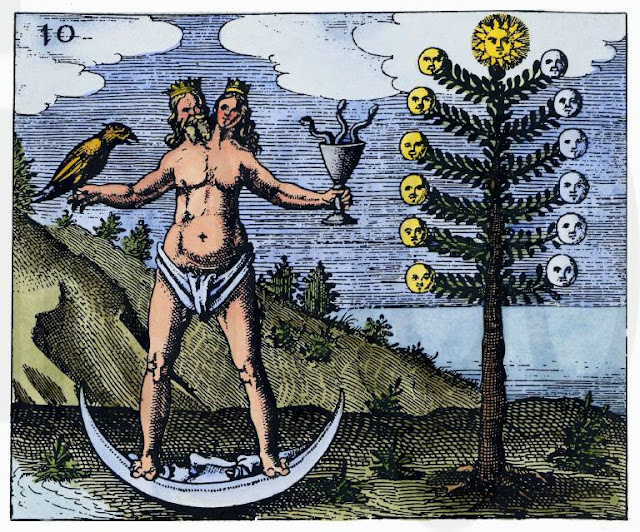
ALCHEMY – TREE OF THE MOON – HERMAPHRODITE Engraving from Johann Daniel Mylius, Philosophia Reformata, 1622. The presence of the Tree of the Moon, or the Arbor Argentum, along with the fact that the hermaphrodite stands on a crescent Moon, indicates that this stage is the alchemical process marking the perfection of the First Silver. The hermaphroditic merging of the King and Queen indicates that the process is not yet complete, as integration has not taken place.
Isa’s situation is exaggerated for the purpose of making the story more horrifying, but her struggle to find healthcare isn’t. Both Isa and her best friend are part of the 10% of trans people forced to turn to the grey market for their HRT, so it’s clear that accessing trans-friendly healthcare is already a challenge for them. This is the scariest part of Transmuted to me, not the mad doctor and his twisted experiments or the bizarre mutations Isa goes through, but the knowledge that the remedy to her mental anguish is so simple, yet impossible to obtain like Tantalus reaching for the fruit tree in Tartarus, and the horror of knowing thousands of real trans people are in her situation every day.






